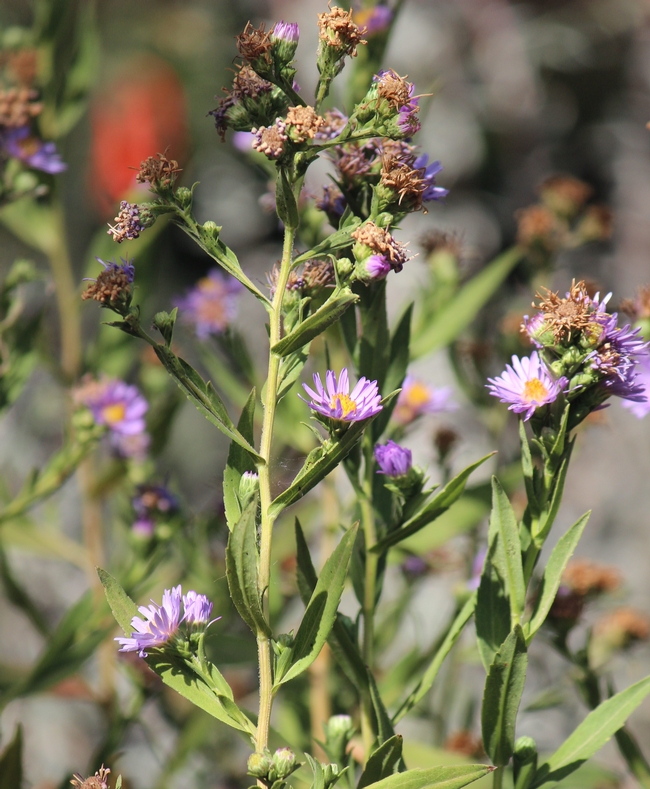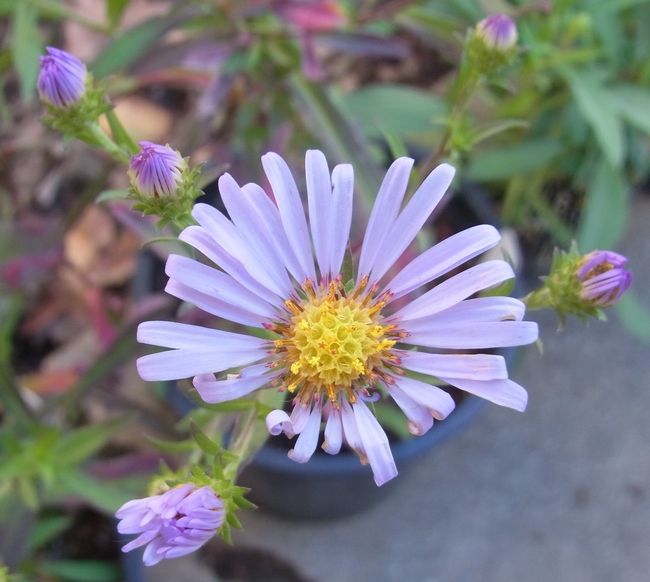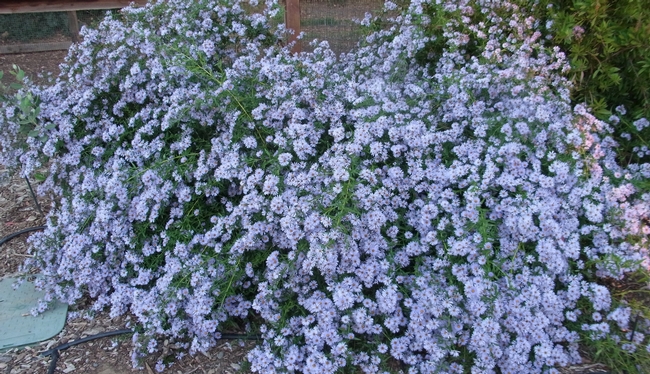While most folks don't want to have to search down plants for their garden, some of us avid gardeners love the chase. Here are profiles of some great bee plants that, despite being easy to grow in most of California, can be difficult to find for sale. To add these to your garden you'll likely need to track down a specialty nursery or an arboretum or native plant society sale, or luck out at your favorite garden center. I've listed them in order of bloom.
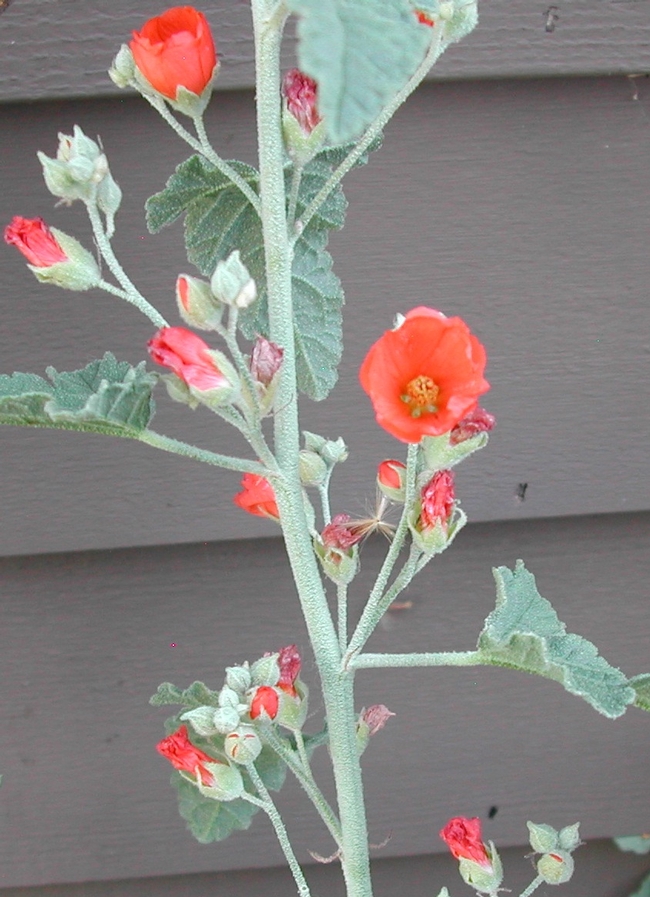
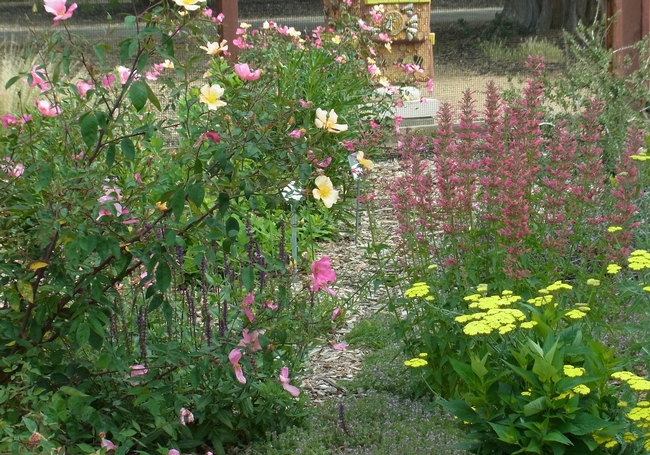
Butterfly rose, Rosa x odorata 'Mutabilis'. There are few roses that we recommend for bee gardens; most garden roses have flowers with excessive petals and scent that are produced at the expense of pollen and nectar resources. In addition to our native California rose, this Asian native and UC Davis Arboretum All-Star is a good choice for the bee garden. Needing only a deep soaking every two weeks in our area, its only downside is that it can grow quite large and may need summer pruning to keep it in check. Flowers are present nearly year-round and open as yellow but change color to pink and then red as they age. This colorful combination pairs nicely with other bee plants such as the yarrow and hummingbird mint shown here. At the Haven it is used primarily by honey bees. It provides nectar and pollen.
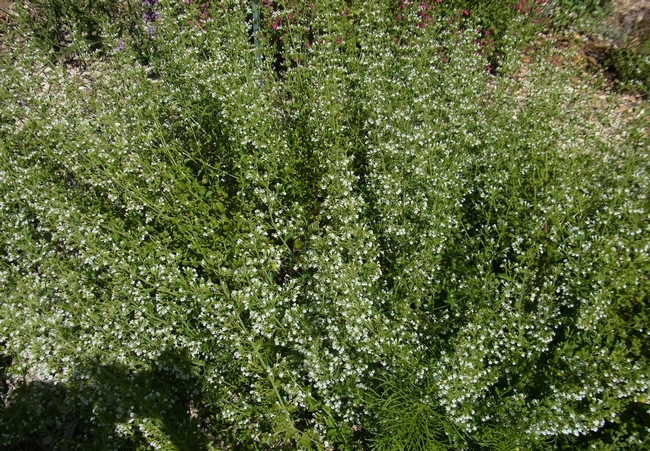
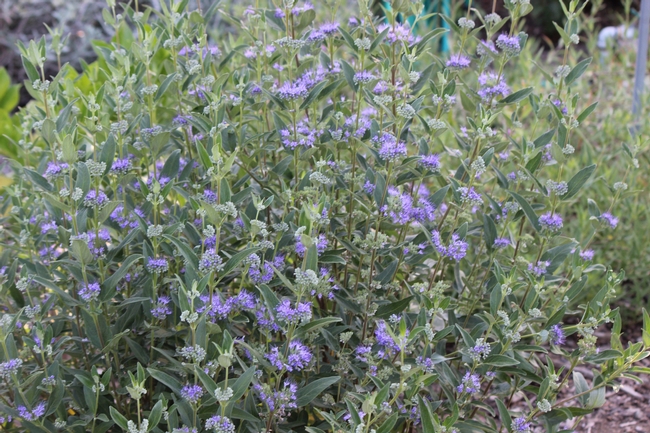
Tall sunflower 'Shiela's Sunshine, Helianthus giganteus 'Shiela's Sunshine'. This eastern US native will grow throughout California and makes a striking addition to the bee garden. All sunflowers are valued for their long bloom time, which generally extends from mid-summer into fall, and the fact that they provide both pollen and nectar. 'Shiela' can reach up to 8 feet in height with sturdy stems that don't need staking. Naturally occurring in moist areas, it will need at least weekly watering in central California; at the Haven we grow it in a container where it's watered daily. Look for honey bees, sweat bees, and longhorned bees to use it.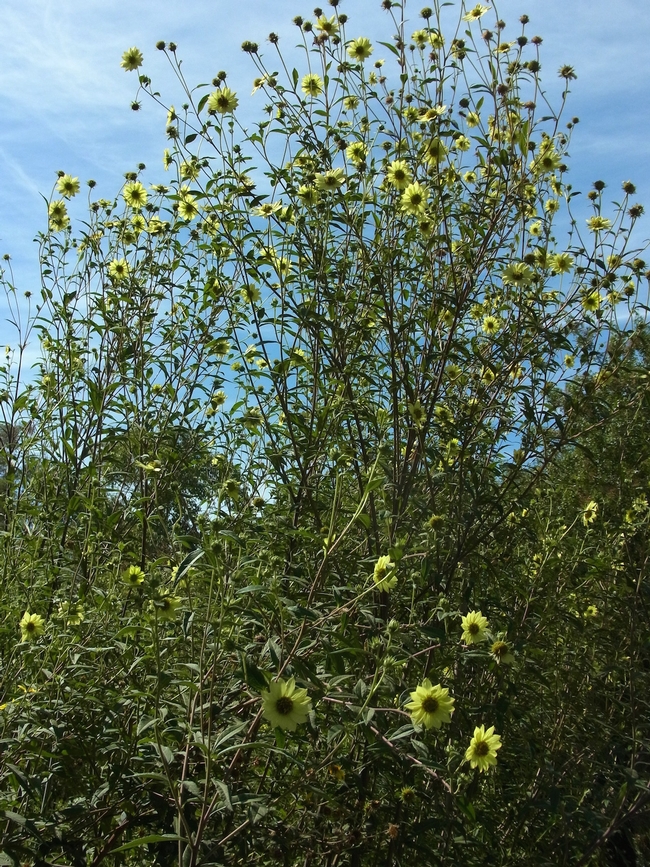
Asters. California aster, Symphyotrichum chilense, and aster 'Bill's Big Blue', Symphyotrichum 'Bill's Big Blue'. The asters (New World species were recently moved from the genus Aster to Symphyotrichum) are a great late-season pollen and nectar source and a staple of the bee garden because they bloom when little else is in flower. With the exception of our native California aster, these plants need ample water, typically about once per week. California aster cultivars 'Purple Haze' and 'Point Saint George' have deeper purple flowers and tend to be more attractive to bees than the species. The non-native asters are from various regions in eastern North America, depending on species (of which there are about 600; they have their own book). Asters are used by honey bees, leafcutter bees, and sweat bees. Of the non-native species, we especially like 'Bill's Big Blue' at the Haven. Measuring about 6 feet tall and wide, it blooms continuously through October and November. Asters will grow in all of California; the native species does well everywhere except the desert and high mountains.
